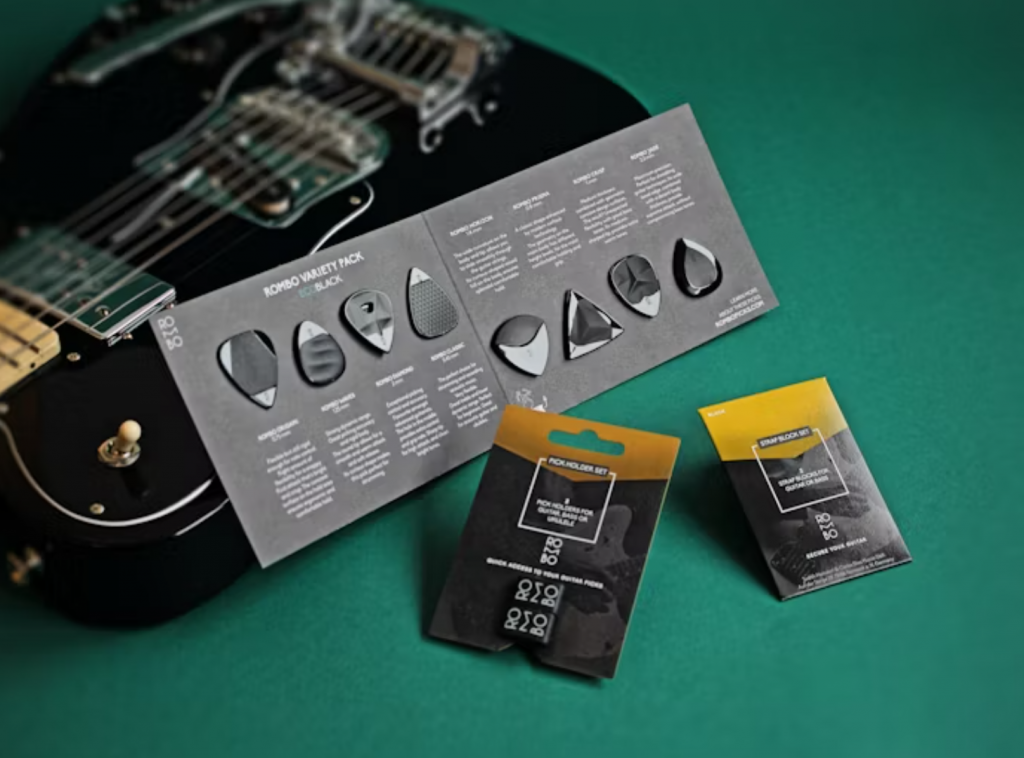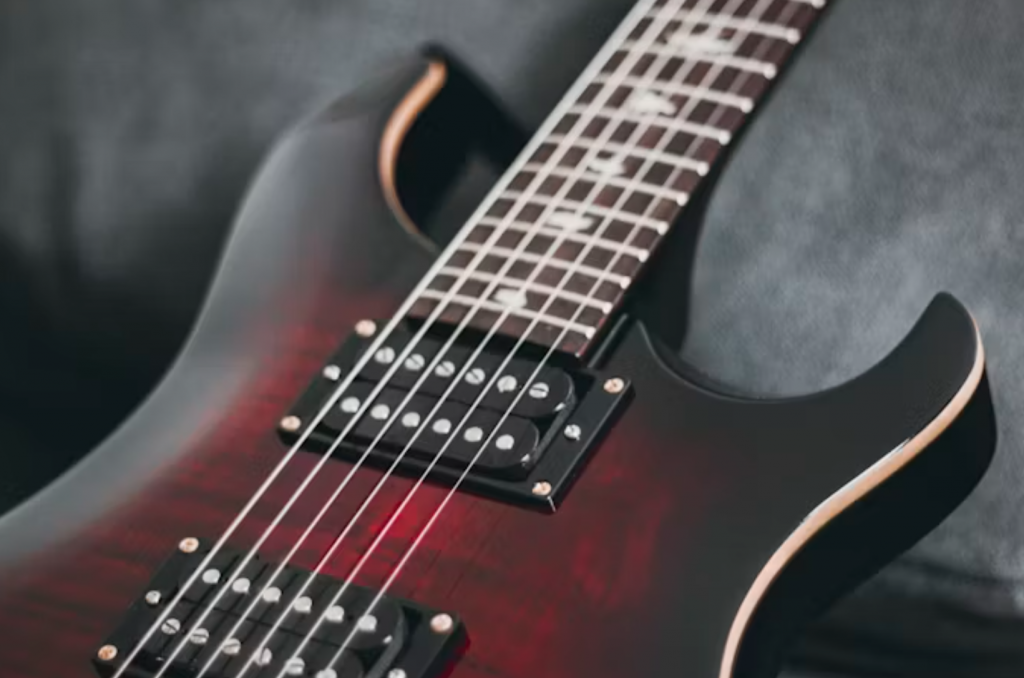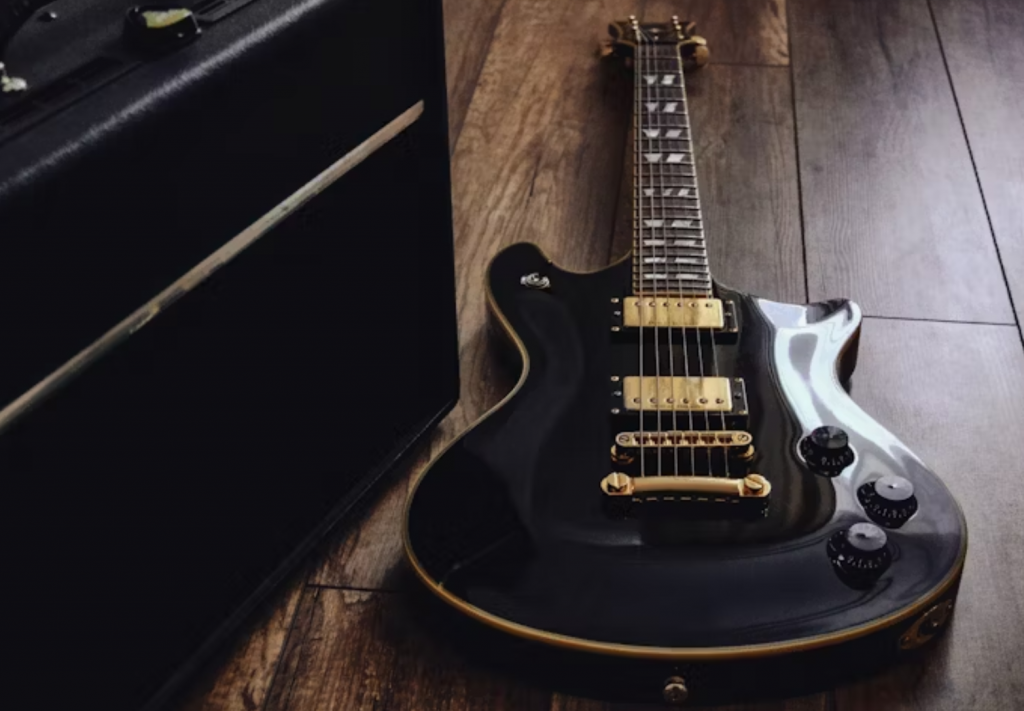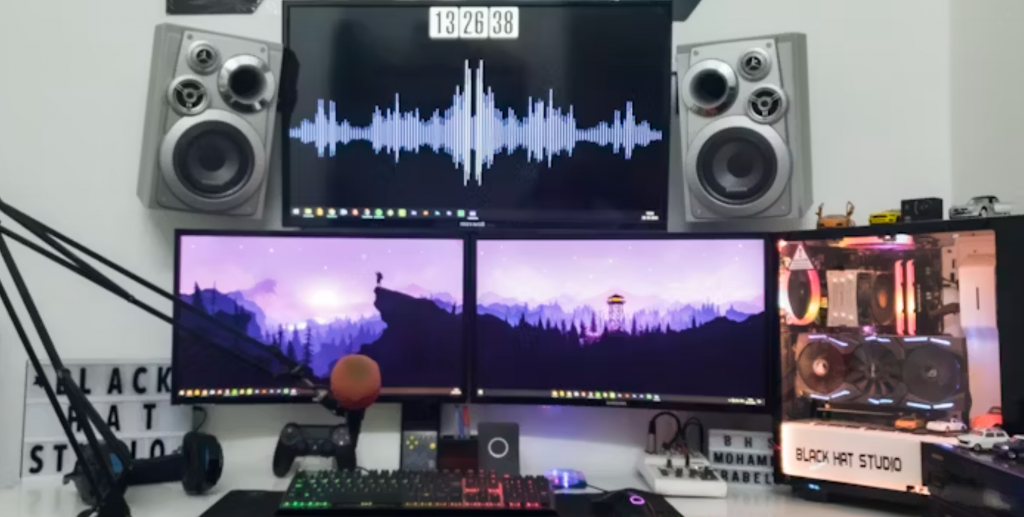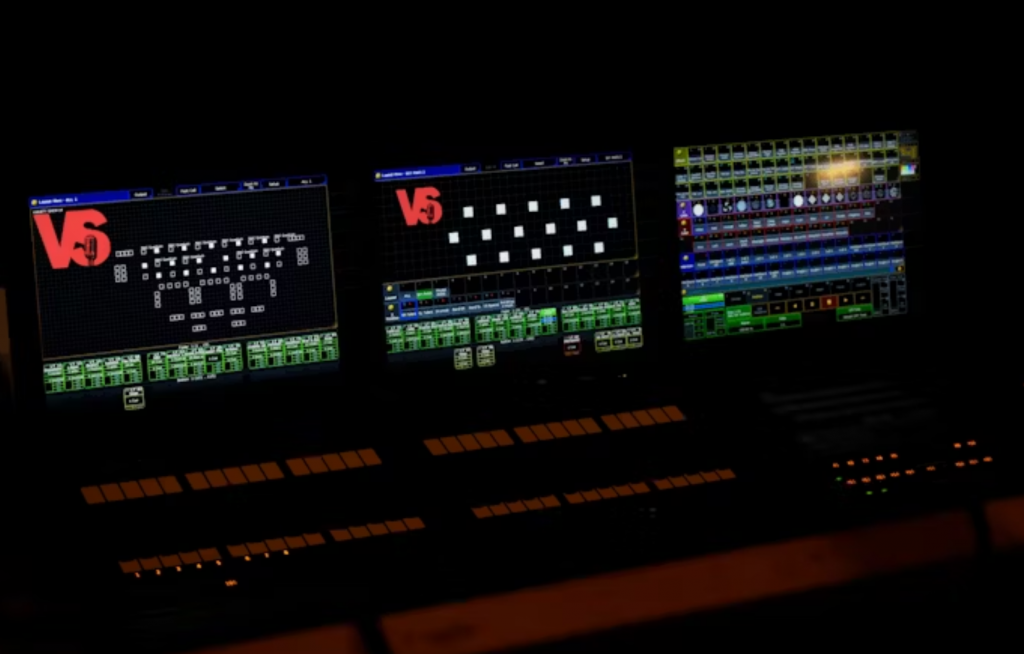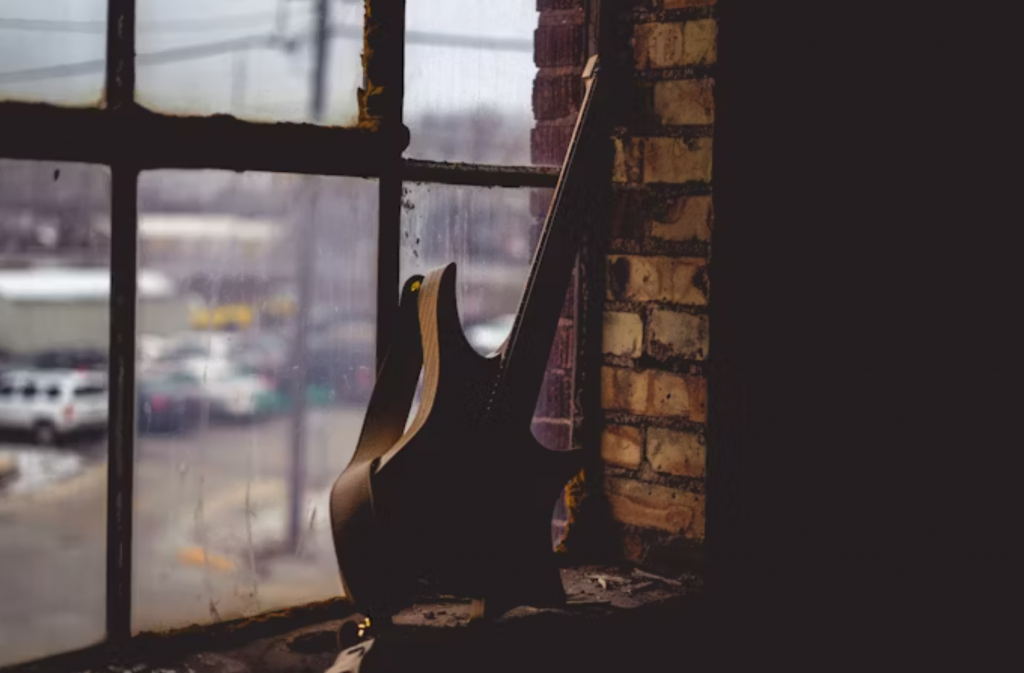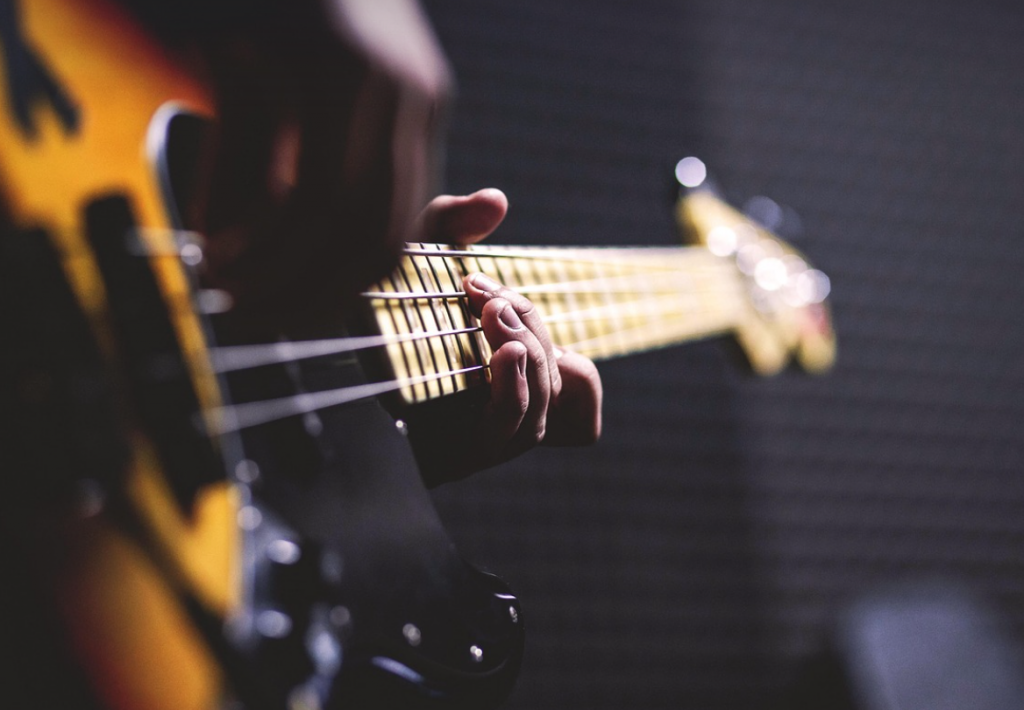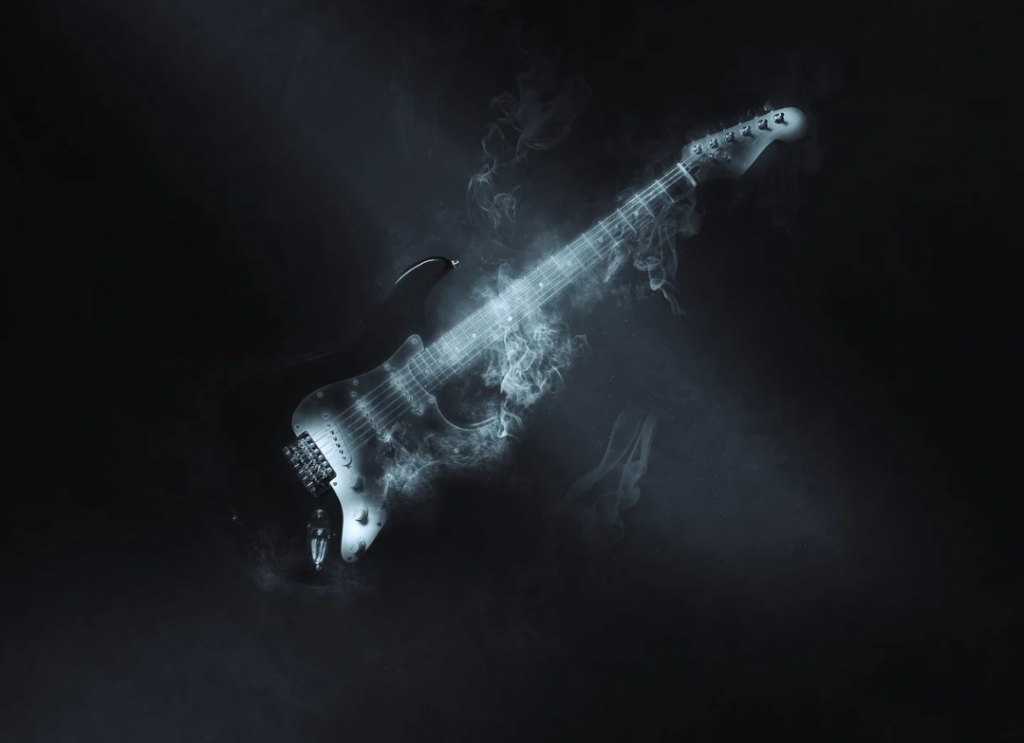Introduction
When it comes to electric guitar amplifiers, the Boss Katana-50 MkII has quickly risen to prominence, especially among bedroom musicians. But is it really the ultimate amp for those of us playing in smaller spaces? In this review, we’ll dive deep into the features, performance, and overall value of the Katana-50 MkII, exploring why it’s become such a favorite in the music community. Let’s see if this amp is truly the right choice for home use or if it’s better suited for more demanding environments.
Why the Boss Katana-50 MkII is So Popular Among Musicians
If you’re a guitarist looking for a versatile amp that doesn’t take up much space, the Boss Katana-50 MkII is hard to beat. This amp has quickly gained a reputation as a go-to option for bedroom musicians. But what makes it so appealing? Let’s break it down.
First, it’s incredibly affordable for the features it offers. With a solid sound and user-friendly controls, it gives both beginners and seasoned players the tools to dial in tones that suit their style. Plus, Boss is a trusted brand in the music industry, known for making quality equipment at an accessible price point.
Key Features of the Boss Katana-50 MkII
The Boss Katana-50 MkII isn’t just a basic practice amp—it comes packed with features that help musicians create and shape their sound with precision.
Compact Design: Size Does Matter
For bedroom musicians, space is often at a premium, and the compact design of the Katana-50 MkII makes it a perfect choice for small rooms. Its lightweight build ensures that you won’t need to struggle with moving it around or fitting it into tight spaces. Despite its small size, the amp packs enough punch to fill a room with quality sound.
Advanced Tone Control and Effects
One of the standout features of the Katana-50 MkII is its array of built-in effects. The amp offers everything from reverb to delay and modulation effects, allowing you to experiment with a wide variety of sounds without needing additional pedals. The tone controls are intuitive, giving you complete control over your sound.
Power Scaling: Bedroom-Friendly Power Output
Perhaps one of the most appealing features for bedroom musicians is the power scaling of the Katana-50 MkII. This amp allows you to adjust the wattage from 50W down to just 0.5W, meaning you can enjoy full-bodied tones at lower volumes without disturbing your neighbors or family members. This feature is a game-changer for those who want to practice late at night or in smaller spaces.
Connectivity Options: USB, Bluetooth, and More
In the digital age, connectivity matters. The Boss Katana-50 MkII includes USB and Bluetooth connections, making it easy to record directly to your computer or connect to Boss’s Tone Studio software. With Bluetooth, you can even stream music through the amp, adding to its versatility as a practice tool.
Sound Quality: How Does It Perform?
When it comes to amps, the most important aspect is, of course, sound. And the Boss Katana-50 MkII does not disappoint. Whether you’re playing clean tones, crunchy overdrives, or high-gain metal sounds, the Katana-50 MkII delivers with clarity and depth. The sound is rich and full, and with the wide range of effects, you can achieve anything from vintage blues to modern rock tones.
Versatility for Different Genres and Styles
One of the main selling points of the Katana-50 MkII is its versatility. Thanks to its multi-channel functionality, you can easily switch between different amp models and dial in your preferred tone. Whether you play rock, jazz, metal, or blues, the Katana-50 MkII provides plenty of tonal flexibility to match your style.
Is It Loud Enough for Small Gigs?
While the Boss Katana-50 MkII is perfect for bedroom use, you might be wondering whether it’s loud enough for small gigs or band practice. The answer is yes—it’s loud enough to compete with a drummer or play in a small venue. However, it may not be powerful enough for large stages or performances in bigger venues, where a higher wattage amp would be required.
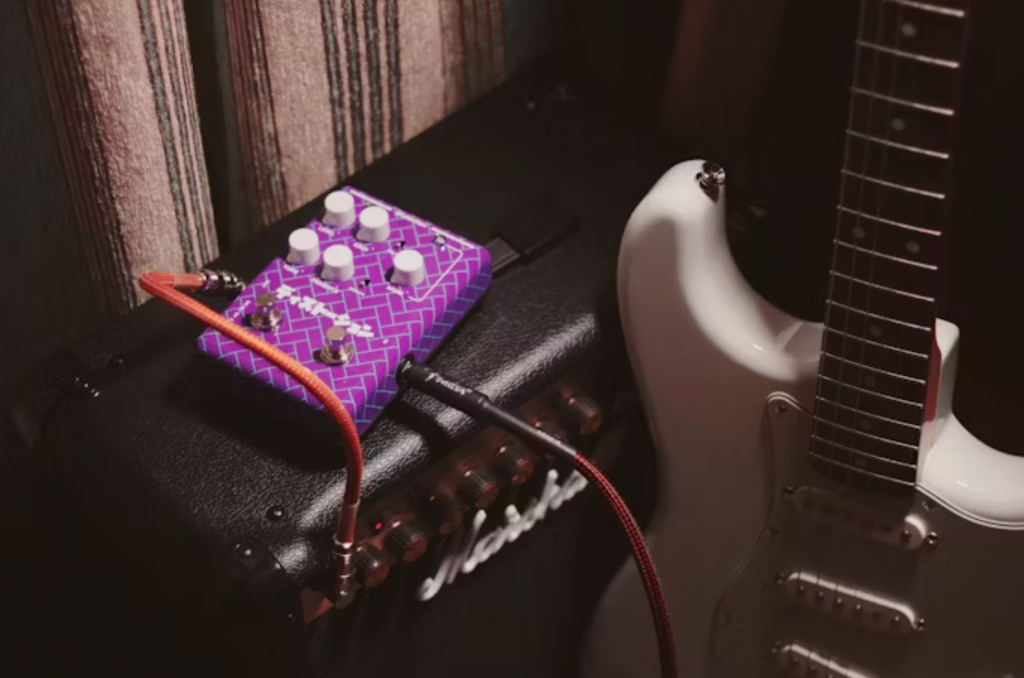
Boss Katana-50 MkII vs. Other Popular Amps
Let’s compare the Katana-50 MkII to some other popular amps in the same category. When pitted against competitors like the Fender Champion 50XL or the Yamaha THR10, the Boss Katana-50 MkII holds its own with its solid sound, user-friendly interface, and greater feature set. While the Fender Champion offers a great range of clean tones, the Katana-50 MkII excels in its effects versatility and power scaling options.
Ease of Use: User-Friendly Interface
Another huge benefit of the Katana-50 MkII is its ease of use. It features a simple control panel that allows even beginners to get started quickly. The tone knobs are intuitive, and the amp’s built-in presets make it easy to dial in a sound that works for you. The inclusion of the Tone Studio software also offers more customization options for those who want to fine-tune their sound further.
Pros of the Boss Katana-50 MkII
- Compact and lightweight: Perfect for bedroom use and easy to move.
- Affordable: Offers great value for the price.
- Versatile sound: Suitable for a wide variety of music genres.
- Wide array of built-in effects: No need for additional pedals.
- Power scaling: Ideal for practicing at low volumes.
Cons of the Boss Katana-50 MkII
- Limited volume for large gigs: May not be powerful enough for big venues.
- Not as many amp models as some other brands: Some users might prefer more variety in amp models.
Who Should Buy the Boss Katana-50 MkII?
If you’re a bedroom guitarist looking for a versatile and affordable amp that can deliver great sound at low volumes, the Boss Katana-50 MkII is an excellent choice. It’s also a great option for players who want a compact, portable amp that can easily handle small gigs or jam sessions.
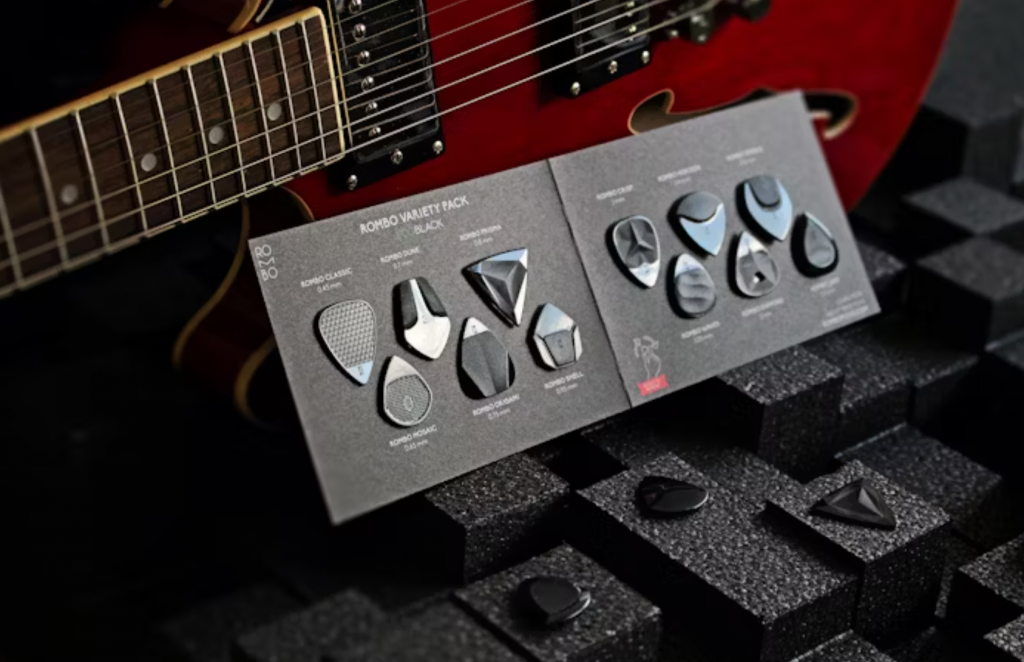
Conclusion
The Boss Katana-50 MkII stands out as one of the best amps for bedroom musicians, combining affordability, compact design, and a wide range of features that suit various musical styles. Whether you’re practicing at home or jamming with friends, this amp provides the right balance of power, sound quality, and user-friendly controls. If you’re looking for a versatile and reliable practice amp, the Katana-50 MkII is definitely worth considering.
FAQs
- Can the Boss Katana-50 MkII handle large gigs?
While the Katana-50 MkII is loud enough for small gigs, it may not be suitable for larger venues where a higher-wattage amp is needed. - What genres is the Katana-50 MkII suitable for?
The Katana-50 MkII is versatile enough for various genres, including rock, blues, jazz, and metal. - Does the Katana-50 MkII come with Bluetooth?
Yes, the Katana-50 MkII includes Bluetooth connectivity, allowing you to stream music or use it with Boss’s Tone Studio software. - Is the Boss Katana-50 MkII easy to use for beginners?
Absolutely! Its user-friendly interface and built-in presets make it simple for beginners to get started. - Does the Boss Katana-50 MkII have built-in effects?
Yes, the amp includes a wide range of built-in effects, such as reverb, delay, and modulation, making it a highly versatile choice.
